|
text and photos by Marcia Simon ©2024 "Luxury" means different things to different people. Mistakenly, many equate it solely as something expensive or lavish. The term "luxury travel" sometimes scares people who must keep track of how much they spend on their vacations. People who never have to ask how much it costs are among the fortunate few. And even those willing to pay for unparalleled excellence in every aspect of their journey appreciate finding a good value. The goal is never to spend a lot of money; it's to create the best possible experience for individuals and their guests. It could be in a 5-star hotel or in a tent surrounded by nature with hundreds of stars shining above. The Tented Camp accommodations at Nayara in Costa Rica include a private en-suite bathroom and plunge pool. Think Expansive, Not Expensive Luxury is allowing yourself to enjoy something that's not part of your daily routine. That might be morning yoga with the sound of the sea lapping at the shore, a day at a spa, or ditching your healthy lifestyle for indulgent meals and sinfully delicious desserts. Places you've only imaged – Venice, Greece, Galapagos, East Africa, Japan. Does your dream include sleeping in a glass igloo with the Northern Lights dancing in the sky above? Or someone bringing you a tall glass of ice water when you're nestled into your spot, reading a book on a gorgeous beach where the truly turquoise water is so crystal clear you can see with clarity the sand swooshing over your toes? Sunset view from the infinity pool at Zemi Beach House in Anguilla Something you've never done before – kayaking on a gentle lake, ziplining over a canopy of trees, treating yourself to a hotel room with a magnificent view from your waterfront balcony. Traveling outside of peak tourist season, when hotel and airfare rates are lower, can make luxury travel more affordable. And the experience is often more enjoyable during a less crowded season with fewer people vying for reservations at the best restaurants, and less crowded destinations......... which tends to make everything easier. Think of "luxury" as hassle-free. No Hassles Whether you wake up at the crack of dawn to photograph a sunrise during a morning walk, or linger after a late-night dinner sharing a bottle of fine wine, luxury is knowing that everything will be taken care of. Your hotel is better than expected, dinner was amazing, your train seats are reserved, the service has been excellent every step of the way. Service matters – a lot. Plus, you didn't have to wait in long lines, you avoided the crowds and had time and space to capture special moments to add to your memory bank. Every vacation should include at least one great splurge, which could be simple:
Time is a luxury in itself. Time with your children as you watch them grow up, time with your parents as you watch them grow old, time with your grandchildren as the constant march of time reminds you how precious every moment is. Today’s luxury travelers are most often educated individuals who care about the environment and seek out eco-friendly options without sacrificing quality or lowering expectations. Does luxury travel really cost more? It can, of course. There are amazing options, such as expeditions to explore nature and areas not accessible by large ships and big tour groups. However, don't cheat yourself out of a "luxurious" vacation by thinking that everything worthwhile needs to be purchased. Allow yourself to experience the magic of travel through destinations you've yet to discover. The beaches of Oguniquit, Maine are an easy New England roadtrip for a 2- or 3-night getaway. Marcia Simon is a travel writer, travel advisor and owner of Friendly Group Travel. Connect via Facebook or Instagram @friendlygrouptravel or send email to [email protected]
0 Comments
by Marcia Simon all photos by Marcia Simon ©2024 To experience Denmark's nature and culture outside Copenhagen's city limits, take a few days to meander around the country roads, castles, archipelago and bike paths on the island of Fyn (aka Funen in English.) Most tourists in Denmark don't make it past Copenhagen's city borders, and that's okay for a short trip because there are plenty of eye-opening adventures within the city. But, because Copenhagen's intriguing vibe puts it on the list of destinations threatened by overtourism*, getting out of town for a few days gives you a better overall perspective of the country's true landscape and culture. There are plenty of options for a day or weekend trip to get away from the peak-season city crowds. Fyn is one of those options, and less than two hours by train or car from Copenhagen. Fyn is the island in the middle of Denmark, between the two main land masses of Zealand (the region that includes capital city Copenhagen to the east) and Jutland (to the west where you'll find the cities of Aarhus, Aalborg and the country's west coast sandy beaches.) Denmark's well-connected system of trains and buses makes it quite easy to hop a ride from Copenhagen's Central Station to Odense, the anchor spot in the middle of Fyn (pronounced "foon" in Danish.) Odense, best known as the birthplace of fairytale author Hans Christian Andersen, is the largest city on the island and the third largest city in Denmark. Depending on your travel preferences, you might anchor in Odense with an ample variety of hotels and restaurants in the city or Old Town, and day trips and tours to see the highlights of Fyn. Or... continue by train or bus, or rent a car or a bicycle, to explore the island on a deeper level, which is what I did on a recent trip. We rented a car in Odense and headed south, taking backroads for a stop at Egeskov Slot (Slot means Castle in Danish.) Built as a village manor house in the 1400s, Egeskov was transformed into a highly fortified fortress, commissioned by local landowner Frands Brockenhuus. The work was completed in 1554, and today Egeskov is considered one of the best-preserved moated Renaissance castles in Northern Europe. Brockenhuus was among the King’s inner circle of trusted advisors and one of the "most cultured" men of his time. He climbed the ranks to become commander of the Danish army. He died in battle during the Seven-Year War with Sweden. Heading farther south, the two main ports with ferries to the outer islands at the southern tip of Fyn are Faaborg and Svendborg. We opted for Svendborg and stayed at the hotelaeroe.dk/en/Hotel Ærø. The location is ideal for a short walk to the ferry dock to visit the smaller island of Ærø, and to a fun outdoor dining area where you can enjoy a local craft beer or cocktail with a light bite while you watch the boats and slow island life at the water's edge. The island of Aero has two places within a 10-minute walk of the ferry dock where you can rent bikes for a full day. A "regular" seven-speed bike is 100 DKK (about USD $15) or 250 DKK (USD $36) for an e-bike. We rode at a leisurely pace along the beach and rolling meadows, stopping often to take photos, pop into a distillery and enjoy a casual lunch. It was a delightful day, ending with a relaxed dinner at a cute Italian restaurant near our hotel back in Svendborg. Heading back to Copenhagen, we stopped at three castles before leaving Fyn. One, Broholm Castle, is now a hotel and restaurant. Of the two other two castles we visited that day, one had been turned into an event venue for meetings, weddings and other catered events; the other was a private home. Driving toward the mainland, we crossed the Great Belt Bridge, the fourth longest suspension bridge in the world, that connects Fyn and Zealand.
Two and a half days didn't seem like enough time to explore Fyn beyond the surface. With more than 1200 km (746 miles) of bicycle trails, this seems to be a perfect place to pack light and let the day unravel. If island hopping is your thing, consider staying at a hotel on one of the islands in the archipelago. *Overtourism refers to a destination that becomes so popular that its infrastructure can't efficiently accommodate the influx of people during peak travel season. In other words, spontaneity becomes less possible – your first-choice hotels and restaurants may be full, you wait in line for the attractions you've heard about, and vendors can raise their prices because they know people will pay. Marcia Simon, APR, CTA, is a travel writer and an IATA-accredited travel advisor specializing in Scandinavia. Connect: facebook.com/friendlygrouptravel, Instagram www.instagram.com/friendlygrouptravel or [email protected].
Here are 10 New Travel Trends for 2024:
Marcia Simon is a travel writer, and founder/travel advisor at Friendly Group Travel. Connect via email: [email protected] and please visit friendlygrouptravel.com. 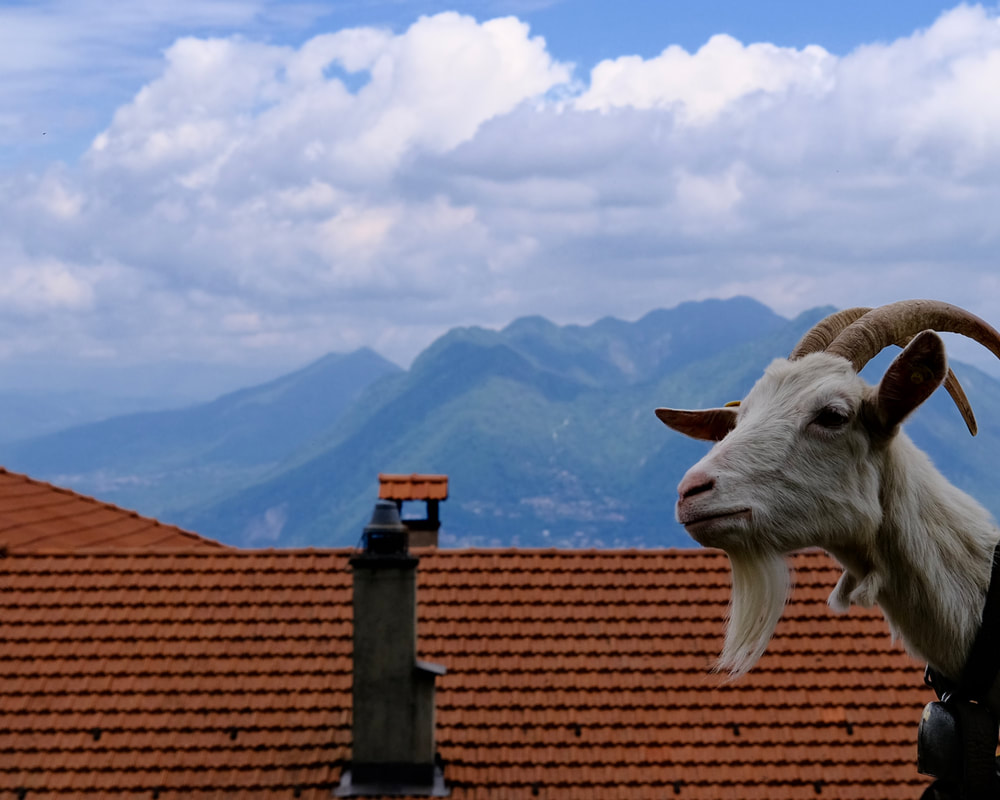 Scene from a day hike above Lake Maggiore with the Alps in the background Scene from a day hike above Lake Maggiore with the Alps in the background by Marcia Simon, CTA, APR Italy's lakes near the country's northern border are flanked by the Swiss Alps as a backdrop. This area is not usually part of a first-time trip to Italy, but visitors who enjoyed Rome, Florence or the Amalfi coast often to return to Italy to discover the magic of the lakes. I recently visited Lake Maggiore and Lake Como, which are the most popular for American tourists. Lake Garda, the largest of the lakes, is a popular destination for vacationing Europeans. Lake Maggiore The second-largest lake in Italy and the largest in southern Switzerland, Lake Maggiore (or Lago Maggiore in Italian) is nestled between the Italian regions of Piedmont (Piemonte) and Lombardy and the Swiss canton of Ticino. The main town is Stresa, overlooking the Borromean Islands, which are named for the family that acquired them back in the 17th century. The three islands include Isola Bella (Beautiful Island), known for its opulent palace and gardens, Isola Madre (Mother Island) known for its lush vegetation, and Isola dei Pescatori (Fishermen's Island) where tradition continues and fishing remains a way of life. The waterfront of Stresa is lined with hotels offering beautiful views and easy access to the bus line and ferry service that transport people from village to village up and down the lake. Hotel La Luna nel Porto was fine for our needs, not very expensive, and provided a junior suite with a comfortable king bed and huge balcony overlooking the lake. The kitchenette and living room area are ideal for longer apartment-style stays. Breakfast was included and quite generous in variety and size. Nearby, the Sempione Boutique Hotel also looked inviting with flower-boxed balconies and a rooftop terrace. We connected with Girosole, a company specializing in walking tours throughout Italy, to take us for a hike above the waterline. This allowed us to see a bit of the daily lifestyle with landscaped yards, goats, horses, and undisturbed villages that allow residents to escape the tourist traffic. We started in Levo and took in beautiful views of the Golfo Borromeo and surrounding Alps from above before circling back to Stresa. We stopped for a picnic lunch at the Giardino Botanico Alpinia (Alpine Botanical Garden), with spectacular views of the lake from above and then a stroll through more than 1,000 species of flowers, shrubs and herbs that grow in the Alps. Lake Como The largest town on Lake Como is called Como and is located at the bottom tip of the lake. It's the closest of this lake's towns to Milan, which is how most people first arrive. Como is big and feels urban, with plenty of great hotels and shops selling silk scarves and ties made in the local mills For a quieter scene, head to one of the smaller villages north of Como. The upscale town of Bellagio sits at the tip of a peninsula separating the east and west sides of the lake. Bellagio has all the charm you'd expect from this area, with lakefront hotels, shops, restaurants and ferry stops. We stayed at the Hotel Florence, which is reasonably priced and ideally located near restaurants, wine bars and shops. A ferry station is directly across the road and the balcony views of the lake are stunning from sunrise and through the day and night. Other small villages that offering comfortable accommodations are Tremezzo, Varenna and Menaggio. Luxury lakefront villas with private pools are idyllic for larger families and small groups. Our Girosole hiking guide, took us across the lake by ferry from Bellagio to Cadenabbia for a walk through the village of Tremezzo. The highlight of the day was walking up toward the church of San Martino, with an elevation of 475 m (1560 feet) above the village of Griante. The view of the lake was simply spectacular. Taking the ferry back across the lake we explored the town of Varenna. This is a fine place to stay if you like small villages and quiet evenings. From Varenna it's a 20-minute walk to the Fiumelatte, or River of Milk, a waterfall whose waters pour down from its glacial heights in a white cascade. We meandered among aromatic herbs like rosemary that grows as a hedge, flowering thyme along pathways, and wild poppies on the hillsides. Lake Garda
Garda is the largest among Italy's cluster of lakes, and is often combined with visits to Venice and Verona as part of a longer itinerary, or sometimes a day trip from the train station in the resort town of Peschiera del Garda at the lake's southern tip. It's about an hour and a half to Venice, and just under two hours to Milan. The medieval town of Sirmione, on a peninsula jutting out from the lake's southern coast, is one of the most popular spots on the lake. Here, the Grotto di Catullo is an archeological site featuring the ruins of a Roman villa built between the end of the 1st century BC and the beginning of the 1st century AD. Heading north on the dreamy west coast of the lake you'll find Limone Sul Garda, a popular town known for its lemons and olive oil. At the top of the lake is Riva del Garda, where the winds attract windsurfers and sailors. Getting Here and Getting Around If flying into Milan, take the shuttle to Milano Centrale (central train station), and connect on a train to Lake Maggiore, Como or Lago. Remember that there are very few train stops along the lakefront. Once at the lake, the most efficient ways to get around are by bus or ferry. Driving is possible, but the traffic can be terrible and parking spaces may be difficult to find, so use public transportation when possible. Sustainability Many eco-conscious accommodations, including organic farms (agriturismos), B&Bs and glamping, are available. Book early for peak travel periods. Public transportation is preferred over self-driving because the mountains don't allow for many large roads, and the villages depend on preserving the historic features of the area for tourism. Lake Como has reportedly invested heavily in its electrical network, adding more E-V charging stations. Lake Maggiore and Lake Como have largely done away with single-use plastic, including straws (if you ask for one, it will likely be paper), forks and spoons ("take-away" at restaurants might include wooden utensils if any at all.) Lake life has a comfortable slower feel than the rush to "see it all" in one of Italy's big cities. You can catch the vibe in a couple of days, but this area is best experienced with ample time to relax and take in the natural beauty as well as the foods and wines of this region. Marcia Simon is a Connecticut-based travel writer and owner of Friendly Group Travel. Connect via Facebook or Instagram @friendlygrouptravel or send email to [email protected]. written and photographed by Marcia Simon, copyright 2023 Getting to Cinque Terre in Northwestern Italy is usually by train from Florence, Genoa or Milan. Once you get there, the best way to see not just the five main villages, but the stunningly beautiful vistas from a totally different perspective, is by walking. A hiking tour of the area generally takes you through the eight-mile trail in Cinque Terre National Park. It doesn't sound like a long hike, but with the villages at sea level and the trails perched above the colorful coastline, the ascending and descending paths, plus numerous stops for photos, lunch, gelato and shopping in the villages, this is best enjoyed as a multi-day experience. Hiking gives you an immersive experience that day trippers from cruise ships and tour buses simply don't get. While village restaurants serve up scrumptious meals with local seafood, lemons, olives and Cinque Terre wines, our hiking tour allowed us to walk through the farms, and taste in the vineyards. Cinque Terre is in the region known as Liguria or the Italian Riviera. This Mediterranean coastline straddles the south of France and Tuscany. The eastern coast of the Ligurian Sea includes Cinque Terre's rugged cliffs, turquoise coves and pastel-colored seaside villages. The "Five Lands" It's easy to shuttle between Monterosso, Vernazza, Corniglia, Manarola and Riomaggiore using the Cinque Terre Train Pass. A prepay ticket gives you unlimited transport between all five of these villages. 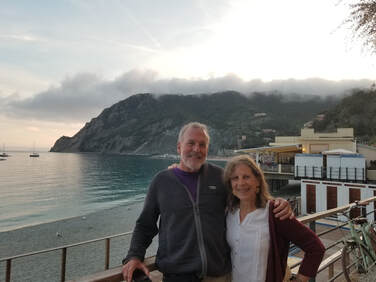 The day winds down in Monterosso. The day winds down in Monterosso. Monterosso, the largest and northernmost of the Cinque Terre, serves as a good home base. It's the only village with an actual public beach, which is lined with ample waterfront bars and gelato stands. Taking the train from Milan got us in to Monterosso mid-afternoon, so we had time to relax before beginning our official hiking itinerary, arranged with the help of Girosole Italy Walking Tours. Upon arrival we settled in at the Hotel Margherita, where the train station, beach, shops restaurants and hiking trail are all within easy walking distance. We quickly ventured into town for our first Aperol Spritz of the week. Cocktails and aperitivos are generally served with complimentary local olives and other salty snack to offset some alcohol and keep the thirst craving intact. Our hike began along the coast heading south. About three miles later we saw the small harbor of Vernazza, perhaps the most photographed of all the villages. As we continued the walk, the village kept getting closer, and the vista kept changing until we reached the village center. It was an adrenaline rush. Wanting more, we continued on to Corniglia. The Ligurian coastline is vulnerable to the effects of climate change. In recent years, dry periods followed by heavy rain have caused mudslides and temporary trail closures in Cinque Terre National Park while repair work is done. Such was the case on one stretch of trail during our trip between the two southernmost towns Manarola and Riomaggiore. An alternate, longer trail veers away from the coast and up a large hill. Instead, we wanted to see the ocean, so we hopped the train back to Monterosso for our end-of-day Aperol Spritz. 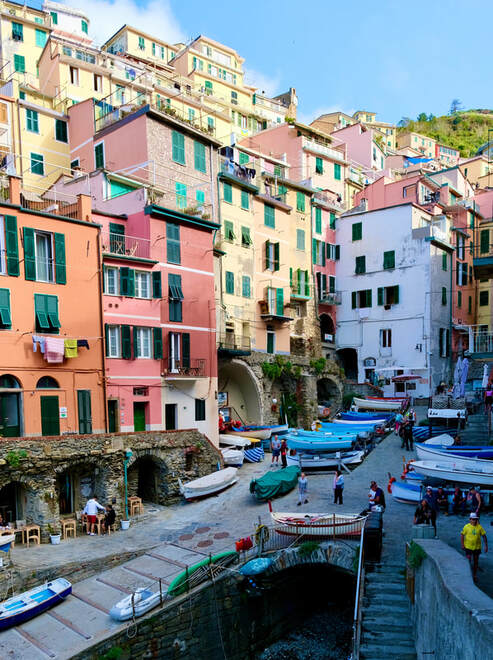 Riomaggiore – the southernmost village of Cinque Terre Riomaggiore – the southernmost village of Cinque Terre The next day started with a short train ride to Riomaggiore where we were fortunate to see the morning sun illuminating the multicolored hues of the buildings, fishing boats and kayaks in the marina. Standing in the middle of an iconic Cinque Terre photo scene, we did our best to capture our own images. After taking an excessive amount of photos and a leisurely stroll, we took the short train ride (literally 2 minutes) to Manarola and continued our walking journey. This was a highlight of the trip as, along the way while passing through the village border of Volastra, we encountered the Capellini Winery. It's right on the trail, overlooking terraced vineyards. (A few B&Bs are tucked into the countryside here for hikers who want to enjoy a sunset and dinner at Cantina Capellini without having to hike back to town afterward. The sea view was literally awesome as we gradually made our way down to the village of Corniglia and then the 377 steps to the train station. The trail is well marked and protected with rustic railings so it is never scary. 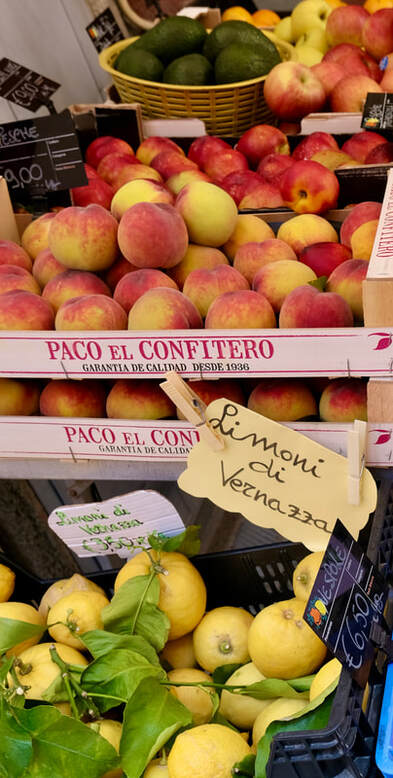 Aromatic fresh fruit in a street market Aromatic fresh fruit in a street market The Foods of Cinque Terre Brochures describe Cinque Terre as five fishing villages, but some of the locals say the history goes back to farming and creating terraces of level ground for crops and cattle even before the fishermen established their industry. Breakfast is generally always included with a hotel stay, and most often starts with coffee – espresso, cappuccino or Americano. You can expect breads, some type of meat protein, cheeses and a choice of yogurt, fruits and assorted pastries. Anchovies are the local fish, often eaten on salads or pizza, but not salted or cured. Because they are fresh, the flavor is more delicate, especially when lightly fried on a platter shared with local mussels and calamari. Liguria is the home of pesto. Apparently, pesto was "invented" in a small village outside of Genoa when the monks of a monastery dedicated to St. Basil gathered the aromatic ground cover growing on the hills. This "basil' was pounded by mortar and pestle with other local ingredients including pine nuts from trees that dotted the countryside, cheese from nearby dairy cows and olive oil. Today, Pesto Genovese is a popular pasta dish, particularly using trofie, which is a local twisted pasta cut into little rods. Focaccia and bruschetta are popular as street food or small plates, often with pesto and tomatoes, olive tapenade, little shrimp or freshly caught anchovies. We sampled the local flavors at Beach Bar Stella Marina on Monterosso's waterfront. Dinner includes local breads and antipasto of local hams and cheese, and of course there's no shortage of pizza or gelato. When to Go May has become an incredibly popular month for tourism in Italy. No longer will you beat the crowds if you head over mid-May. If you go in the summer, hiking trails may be overcrowded, and the sun can become intense. We went the first week of May, and it was perfect. Admittedly, luck played a part of that because after we left, the area was hit with three days of heavy rain. But - it's the rain that keeps the lush green mountains producing the crops and creating the jaw-dropping scenery. Sustainability As countries and regions across the globe find ways to address climate change, the challenges seem most real in ancient areas where infrastructure may be delicate or protected - and preserving history is a zoning priority over solar panels and other visible technological upgrades. Hotels, for the most part, seem to have adopted the practice of less frequent laundry service. Single-use plastic seems to have vanished. You may not get a straw unless you ask for it, and it will be a paper straw. If you order take-away from a restaurant, you will not get plastic utensils and you will not get Styrofoam. Paper and wood have replaced plastic throughout the area – at least from what I saw. Cinque Terre Hiking – 10 Tips for Planning Your Trip
The Cinque Terre Train Pass allows you to easily find a home base and begin each day in a different spot. With this in mind, here are some tips to help enjoy daily walks in the Cinque Terre:
Marcia Simon is a Connecticut-based travel writer and owner of Friendly Group Travel. Connect via Facebook or Instagram @friendlygrouptravel or send email to [email protected]. written and photographed by by Marcia Simon, APR, CTA, copyright 2022 Some places you visit only once in a lifetime. Others keep calling you back. For outdoor enthusiasts in the Northeast, Acadia National Park, with its gateway town of Bar Harbor, can easily become a family go-to or an outdoor escape in Northeastern United States. Last time I visited Acadia was pre-COVID 2018. This part of Maine had already become known as a big tourist area rather than a hidden gem. Advisories warned that parking is limited so getting into the park early was, and remains, a key factor to beat the crowds. This time (August 2022) had a few new twists, one being the required $6 car reservation to drive up to the top of Cadillac Mountain. The view is spectacular – unless you arrive on a foggy morning when you may only be able to see for 10 feet in front of your nose. Cadillac Mountain marks the most eastern point in the US - so this is the first place in the country to experience sunrise. Another beautiful aspect of visiting Acadia is the change between seasons, so the experience is different depending on when you visit. Autumn colors are gorgeous with cooling temperatures during the day and nights that invite you to buy a warm fluffy hoodie from one of the shops in town. The best new addition to Acadia National Park is getting around by e-bike. While the area still attracts plenty of avid cyclists pedaling the paved roads and the ascent to the top of Cadillac Mountain, e-bikes make it easier for the rest of us. Especially nice is being able to take the e-bikes on the park's 45-miles of car-free walking and cycling trails, originally built for horse-drawn carriages. Today, horse-drawn carriage tours are offered by reservation. 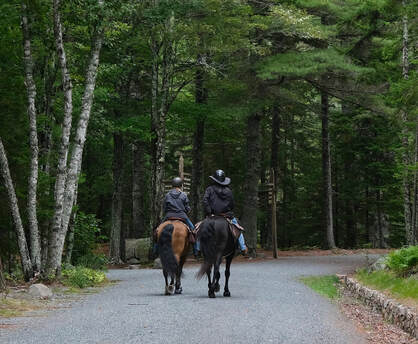 Acadia National Parks' 45 miles of carriage roads are shared by horses, bicycles and pedestrians – no cars. Acadia National Parks' 45 miles of carriage roads are shared by horses, bicycles and pedestrians – no cars. E-bikes are available from Acadia Bike in town or reserve one on Viator and pick it up at Acadia's Hulls Cove Visitor Center. People who prefer water over wheels or walking have multiple choices for exploring Acadia by kayak or sightseeing boat, increasing the chance of seeing bald eagles, puffins and seals among other wildlife. The only national park on the Northeast coast, Acadia's "carry-in carry-out" policy requires you to bring your own beverages and snacks. The Jordan Pond House Restaurant is the only location in the park for purchasing food and beverages. It's a lovely spot, especially sitting outside overlooking the pond. Walking around Jordan Pond is a popular activity. This gentle trail is well suited for families. The restaurant gets quite crowded, especially because bus tours often stop there, so it's best to go during an off-peak time, or wait and enjoy one of the many restaurants outside the park. First-time visitors to the area quickly learn that the park is Acadia; the town just outside the park is Bar Harbor. During visiting season, free shuttles run constantly throughout the day and evening between Bar Harbor's Village Green and several popular hotels closer to the park, making it very easy to drop into town for dinner. There are lots of choices and, for the most part, dinner reservations have become essential if you want to be seated before 8 pm. There are also free shuttles that stop at campsites and top tourist sites inside the park. Bar Harbor has a variety of accommodations. Many comfy B&Bs are within walking distance of the Village Green. These are ideal for couples because most have one large bed without the ability to accommodate more than two guests per room. For families and small groups of friends, the hotels along Eden Street have more options for room types, and several lower-priced motels are available in the nearby town of Ellsworth. The Bar Harbor Regency (also known as the Holiday Inn Resort Bar Harbor) is one of the few hotels in the area boasting waterfront accommodations with balconies, a heated outdoor pool, a large hot tub (especially inviting on chilly nights), along with two restaurants (one waterfront, one water-view) and a pool bar. It's also a shuttle stop, making getting into town super-easy. The CAT high-speed ferry to Nova Scotia docks next door. Gone are the days of heading to Maine for a great bargain on lobster rolls. With tourists in the mix, and restaurants making the most of their short tourist season before winter creeps in, 2022 lobster prices in Bar Harbor are higher than ever. ($36 for a lobster roll and fries!)
Getting into the park requires a parking fee of $20 per carload. The pass gets you in for a week-long visit so you can come and go on your schedule. A National Park Pass is a good value for families that visit multiple parks each year. For people age 62 and older, the lifetime Senior Pass is a fantastic value for a one-time $80 fee, and provides access to every National Park throughout the US. Marcia Simon is a writer, a traveler, and a travel advisor ready to help you plan your next trip. Connect on Instagram @friendlygrouptravel, Facebook @friendlygrouptravel, Twitter @friendsgotravel, or drop a note to [email protected]. 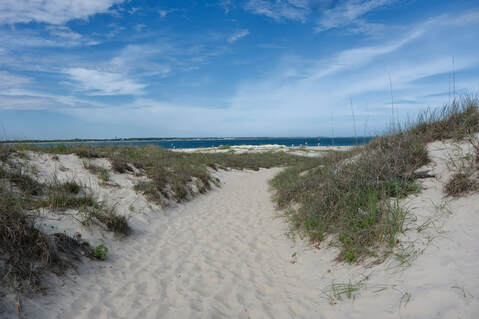 The beach is the main attraction along the Outer Banks National Seashore. The beach is the main attraction along the Outer Banks National Seashore. written and photographed by Marcia Simon , CTA, APR, copyright 2022 The ferry from Cedar Island on North Carolina's mainland to Ocracoke takes two and a half hours – just enough time to transition from "hurry up" mode to "island time." Ocracoke is the bottom of North Carolina's barrier islands known as the Outer Banks, or OBX. The ferry pulls into Ocracoke's island-vibe village where you'll soon see enticing small shops, intriguing seafood and BBQ restaurants - and a few motels that make it pretty tempting to stay and soak up the atmosphere. Being on a discovery mission, a lunch stop of fresh tuna and mahi-mahi sandwiches at touristy Howard's Pub and Raw Bar was enough of a break before heading north along Ocracoke's 16-mile stretch to the Ocracoke-Hatteras ferry. This crossing took an hour from point to point. Unlike the Cedar Island trip that allowed reservations and cost $15 for a car and two passengers, this ferry is free and operates on a first-come basis. Mid-afternoon in June was early enough to beat both the summer crowds and the day-trippers from Hatteras to Ocracoke who wait in long lines to return before dinnertime. Hatteras Continuing the journey up the Cape Hatteras National Seashore and hoping to stumble upon the kind of quaint B&Bs and inns that mark the New England coastline, the area was instead dotted with family-style motels and row after row of big beach houses on stilts. It was evident that house rentals are the big draw for families who come for a week or more to Hatteras and neighboring Frisco, with kids, beach toys, and sometimes grandparents in tow. The Outer Banks are all about the beach. These barrier islands stretch for 200 miles along the Atlantic Ocean off the coasts of North Carolina and southeastern Virginia. Mini-golf and ice cream are always within reasonable distance. For adults traveling without kids, it may be about the shrimp and oysters, both of which are local, fresh and delicious. Want a really fresh catch? Head to one of the outer Banks' five fishing piers or head out on a charter boat. Parasailing, jet skis and kayaks are all easy to find. But chilling at the beach is the #1 pastime here. Without a care or a reservation, the Surf Side motel in Nags Head, about halfway from bottom to top of the barrier island, came into view and had an available oceanfront room with a balcony. Sipping wine and watching sunlight fade away, that magical sound of ocean-meets-shore made for a relaxed evening, voluntarily disconnected from emails and nightly news. It's funny how you can overpack and then realize you brought long pants you'd never wear, but not enough shorts, and how suddenly you yearn for a new pair of flip flops. What a great excuse to pop into stores along the way. You'll see a chain called Wings (sometimes Super Wings), which is not a restaurant as Northerners may initially think, but a T-shirt, sunscreen, beach towel and souvenir stop. A little farther north is Kill Devil Hill, home to the Wright Brothers National Memorial. If you happen to have a National Park Pass, you'll get in for free; otherwise, it's $10 per person. If you have time, make it a point to stop. Orville and Wilbur Wright chose this spot to test their dreams of flight because its windy for lift off – and sandy for (hopefully soft) landings and inevitable falls during trials and development. Kitty Hawk, as the area was known when the Wright Brothers came here in 1902, is today known as Kill Devil Hills. In 1903 the brothers achieved success with the first-ever powered aircraft. Orville flew and controlled the plane. And this marked the very beginning of airline travel as we know it today. The Sanderling in Duck Duck is a town toward the northern end of the Outer Banks, and The Sanderling is a lovely hotel about four miles north of Duck's town center, wedged between the Atlantic Ocean and Currituck Bay. The Sanderling is truly the only resort of its kind in OBX, with 120 guest rooms and suites, plus house rentals (accommodating from 8 to 16 guests) and views of the ocean or the bay. Two outdoor pools (one for families and kids; the other adults-only), one indoor pool, a spa, outdoor hot tub, fire pits, plenty of beach chairs and umbrellas, and bike rentals make this a comfortable place to spend a few days. Restaurant choices include the Lifesaving Station, which serves three meals daily in a casual, family-style atmosphere. The cuisine is southern coastal and regional using locally sourced ingredients when possible. It has a friendly bar, too. Fine dining at the Sanderling's Kimball's Kitchen features floor-to-ceiling windows facing west to watch the sunset. The third restaurant is the outdoor Sandbar where bare feet are acceptable and frozen drinks are specialties. From top-quality salads to burgers, it's a convenient spot to grab a bite near the pool, the beach, or your room. Although not part of The Sanderling, The Paper Canoe is a highly recommended restaurant directly across the street. It's a favorite with locals, so make a reservation far in advance if you want to watch the sunset and enjoy a creative menu. By the way, a sanderling is a bird – a type of sandpiper that runs up and down the beach chasing waves. Sweet. Duck – The Town – and Beyond To get to the Sanderling, you'll pass through the town of Duck, known for its boutique shops and low-key restaurants. Duck is cute. 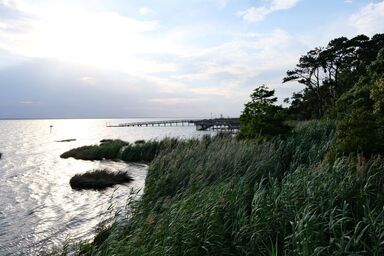 Walking along the boardwalk in Duck involves lots of scenery like this. Walking along the boardwalk in Duck involves lots of scenery like this. The town park offers one of the access parking lots to the boardwalk, which is about a mile long, and weaves its way along the coastline, dipping in and out of retail clusters, pubs and ice cream stands. Venturing north of Duck you'll find Corolla, a lively yet laid back tourist area. Take a 4WD beach Hummer tour to see the wild mustang horses on the northernmost beaches of the Outer Banks. Another option to see the horses is by kayak tour. The mustangs are descendants of domesticated horses brought to the area in the 1500s by Spanish explorers and left behind — either by choice or accident. They are technically now wild. By the way, wild horses can also be seen on Ocracoke Island just south of the Hatteras-Ocracoke ferry docks. Leaving the Outer Banks to return north on the mainland from Corolla or Duck, requires a short drive south to Route 158 just north of Kitty Hawk. This goes over the Wright Memorial Bridge, the most-travelled route to and from OBX. You'll pass H2OBX Waterpark, which screams fun and makes you wish you had made time to go there for a great family fun day. The closest commercial airport to the Outer Banks is 60-miles away in Norfolk, Virginia. Most people pack the car and make this a road trip. If you plan to go in summer, reservations in advance are highly recommended. Marcia Simon is a travel advisor, travel writer and founder of FriendlyGroupTravel.com, specializing in customized trips for families, small groups and solos. Connect at facebook.com/friendlygrouptravel, Instagram @friendlygrouptravel, Twitter @friendsgotravel or call 860-399-0191. written and photographed by Marcia Simon, CTA, APR, copyright 2022 Standing under a stream of warm water in an outdoor rain shower is nothing short of luscious, especially when you look up toward the dense green foliage surrounding your private casita near Costa Rica's Arenal Volcano. 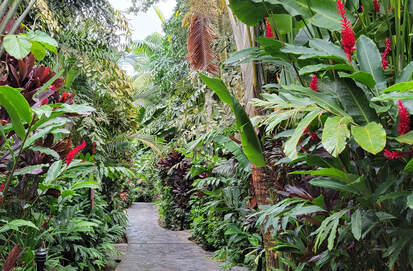 a walking path amid the greenery at Nayara Resorts a walking path amid the greenery at Nayara Resorts The stunning greenery challenges anyone who questions the importance of protecting these nature-filled rainforests, aptly named because it does rain here, sometimes daily, if only for a short period. But the rain is warm and passes quickly in dry season and, after all, that's why it's so intensely verdant and filled with flowers, ferns, frogs, birds, monkeys and rich soil that feeds a healthy ecosystem. A cloudy sky or gentle rain makes the greens even richer – like fully saturated film colors. That said, those in search of a tropical beach may long for an ocean view with nonstop sun. Costa Rica certainly has plenty of sunny coastline, which makes a combination rainforest/beach vacation a perfect trip, especially if you want to taste more of this Central American paradise. What's the difference between a jungle and a rainforest? A jungle has year-round tropical weather. A rainforest climate, on the other hand, can be either temperate or tropical, with tall trees that block sunlight, preventing heavy undergrowth typically found in a jungle. Both have heavy rainy seasons but while a jungle is warm, humid and has sunlight, a rainforest is humid, damp, and darker. Staying at a hotel or resort that is both authentic and eco-friendly makes perfect sense when staying in Costa Rica's rainforest, and there are plenty of choices at various levels. by Marcia Simon, CTA, APR Couples Resorts are exactly what the name implies - a place for couples – to unwind, chill and choose from a long list of complimentary options, such as water sports, yoga, snorkeling, how-to classes and of course - unlimited food and beverages. Solo travelers are welcome and will feel comfortable. Couples is adult-only; the rooms have king beds (no doubles). Exclusive to Jamaica, Couples owns four properties – two in Ocho Rios and two in Negril. Couples Tower Isle in Ocho Rios, which opened in 1978, was a trendsetter back in the day as the first all-inclusive property in Jamaica. Today, Couples is often perceived as an affordable alternative to Sandals. The vibe between the two is very different. Couples is laid back, smaller, more authentic to Jamaican style, although some may feel that the intentionally-preserved retro feel of Tower Isle may be a bit old fashioned. There's no doubt, though, that Couples provides great value for all its amenities and perks. Free airport transfers are always included, and so are green fees for golf. The nonmotorized water sports equipment is clean and in good condition. If you want to take out one of the catamarans (holding up to four people) or try your hand at windsurfing or paddleboarding, they'll get you set up. If you want a lesson, that's included, too, which is nice because some other all-inclusive brands charge for instruction. Whether you stay at Couples San Souci or Tower Isle in Ocho Rios, or Couples Negril or Swept Away on Negril's beautiful fine-sand seven-mile beach, you'll receive a complimentary excursion or day trip. In Ocho Rios it's a visit to the famous Dunn's River Falls. Bring (or buy) watershoes for a good grip on the rocks as you join a hearty group walking up the falls. It's not steep, but it can have challenging moments. You will get wet, and it's a must-do when given the opportunity. In Negril, all guests are invited for a sunset catamaran cruise and swim. The ocean water is warm, the sunset view is fantastic and gets you prepared for dinner upon your return to the island. Surprisingly, a large number of guests are repeat visitors to Couples who come back year after year for the laid back attitude and the comfort of a resort that's not too big. Some of the coconut trees on the properties are very old, and Couples has a policy of not disturbing nature's intention of letting them be. So, even from the waterview rooms, trees may obstruct your view as you gaze from your balcony to the sea. After a day, and realizing that you don't really spend much time in the room, it's all fine. Tower Isle, San Souci and Couples Negril all have allocated space for an au natural (aka nude) beach during daytime hours. It's private, has a separate bar area and attracts a decent-sized crowd. Swept Away is known for its 10-acre sports and fitness complex. If you're not into sports, you won't even know it's there, but if you cross the street from the beach to the complex, you'll find an Olympic-size lap pool, tennis and pickleball courts and a fitness center equipped with top-notch workout equipment that has attracted pro teams to come and train. In a nutshell, San Souci has neat nooks and crannies, a mineral pool and jacuzzi, and also a lot of steps around the property, which some people love and others would rather avoid. Tower Isle is very walkable for people who prefer a flat landscape. It preserves its vintage Jamaican style. Couples Negril has escaped the modernization of many resorts on the island. It's unpretentious, with four restaurants. Swept Away is on the gorgeous seven-mile beach. All four resorts offer interesting day trips, from waterfalls, rafting and ziplines, to ATV riding, to the Appleton Rum and Blue Mountain Coffee tours, allowing you to stay as busy as you want to be. There's morning yoga and plenty to do onsite.
Throughout the Couples brand, the food is quite good. The bartenders are super friendly. You'll find authenticity in atmosphere. It's not too rowdy, not too quiet. There's nightly entertainment that adds to the Jamaican spell of hospitality. With affordable nonstop flights from New York, Couples is one of the best values you can find for a tropical getaway. Marcia Simon, a Connecticut-based travel writer, is owner of Friendly Group Travel, specializing in trip planning throughout North America, Europe and the Caribbean. Connect on Instagram @friendlygrouptravel, Facebook @friendlygrouptravel, Twitter @friendsgotravel, or drop a note to [email protected].  by Marcia Simon An experience or a thing? This girl bets her money on an experience, especially when it involves a "child" who just finished school abroad after two years of COVID-induced travel restrictions. It was time for one proud mama and her academically-fatigued son to reunite and embark on a month-long cross-country adventure. The packed car included two suitcases, two guitars, hiking shoes, flip flops, big beach towels and a cooler filled with seltzers, beer, yogurt, cheese, crackers and whatever fruit and miscellaneous snacks fit atop the ice chips. It's a joy and a blessing to fall back into step with someone you haven't seen in ages. Sometimes it's months, sometimes years, decades even. One thing's for sure though – compatibility for travel can make or break any trip, not to mention the relationship. Being in total sync about heading west from Connecticut with absolutely no itinerary or plan, the road trip to explore America's Native roots began. When it was all done, this duo logged 27 days, 8,686 miles, passed through 25 states and visited 14 national parks, not to mention national monuments such as Mount Rushmore, Bandelier Native American cave dwellings, the striated Painted Desert, and oddities including the Spam Museum that houses the world's first motorcycle fueled by bacon, The Corn Palace with gigantic murals made exclusively from ears of corn, and the Jolly Green Giant statue that salutes the company that made canned and frozen vegetables a staple of the American diet.
Once out west, it became evident that, contrary to the politically correct language of a middle class upbringing, the term "American Indian" was preferred over "Native American," which supposedly is now falling out of favor with some Native people who use "indigenous" as their personal preference. |
AuthorMarcia Simon, CTA, APR, has been exploring new places since she was 17 years old and traveled around Europe on a Eurailpass with her best friend. Decades later, she still considers travel the best investment of time and money she's ever made for herself and her family. Categories
All
|
|
SIGN UP NOW FOR OUR NEWSLETTER WITH TRAVEL TIPS, IDEAS AND SPECIAL OFFERS
|















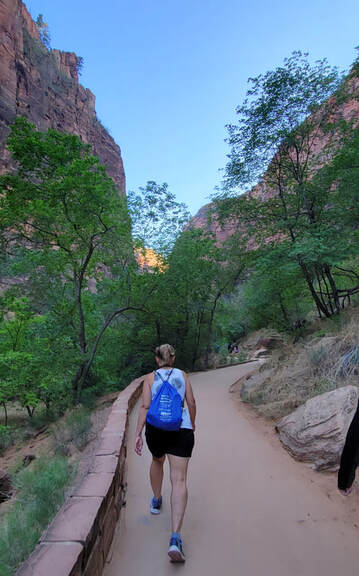
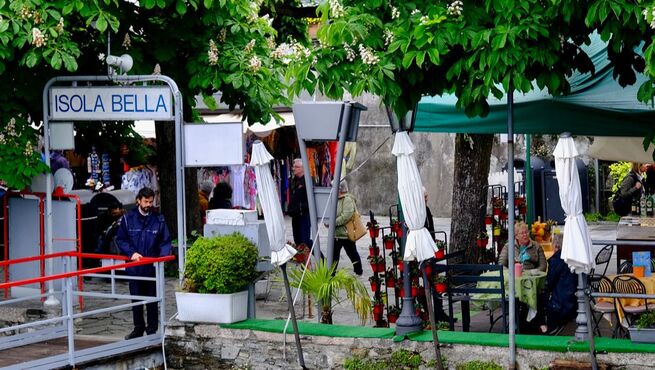
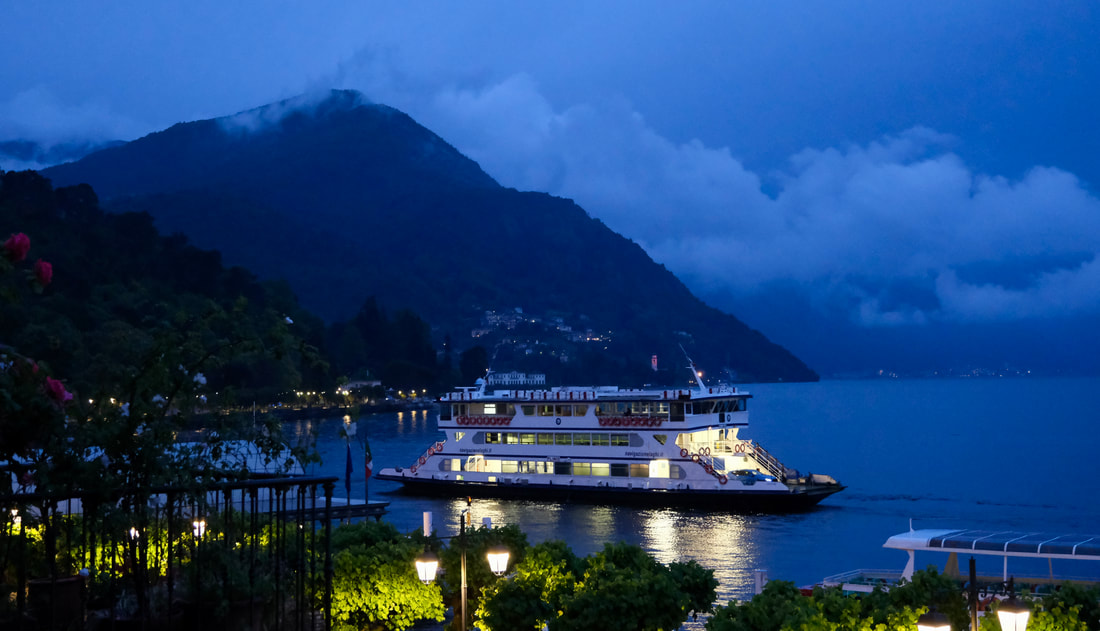
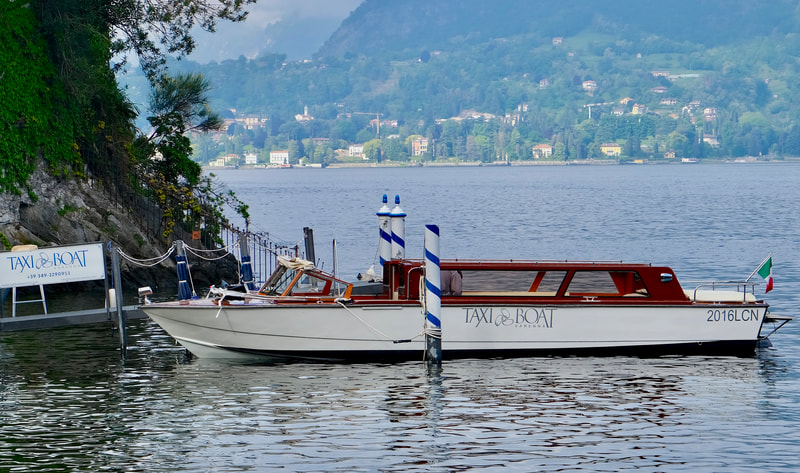
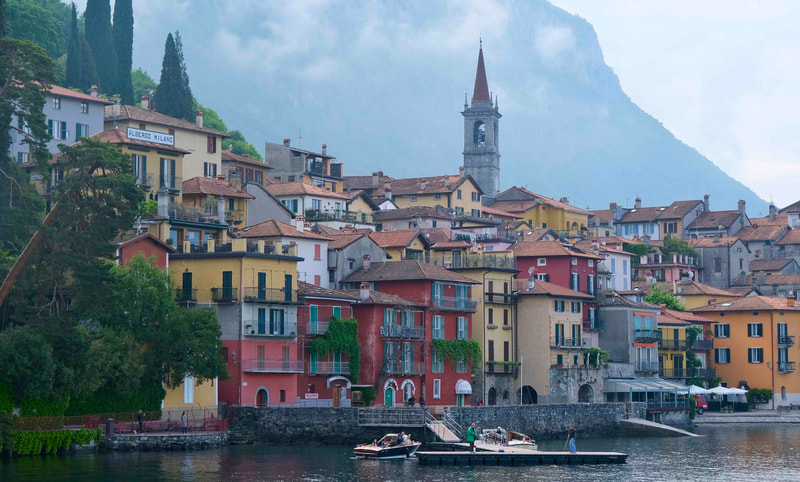
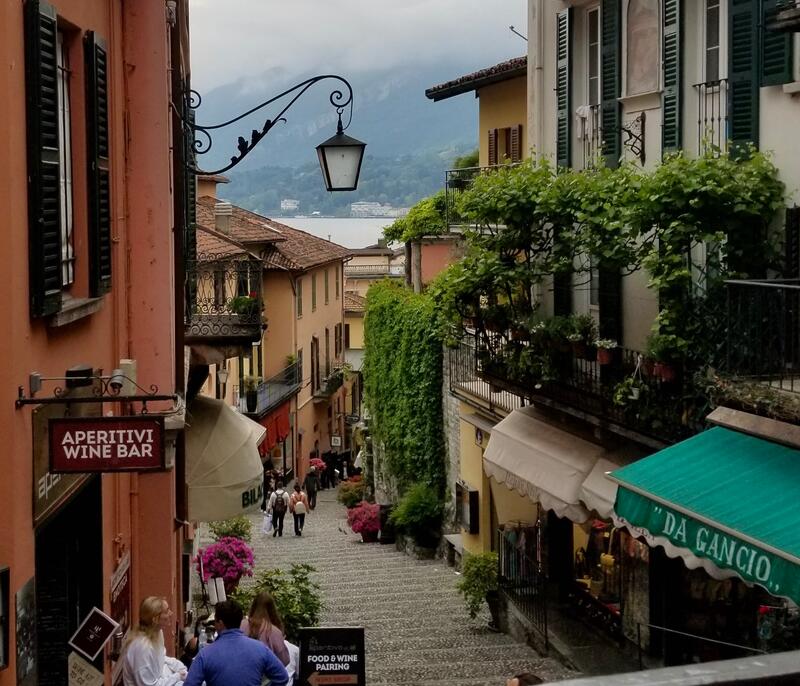
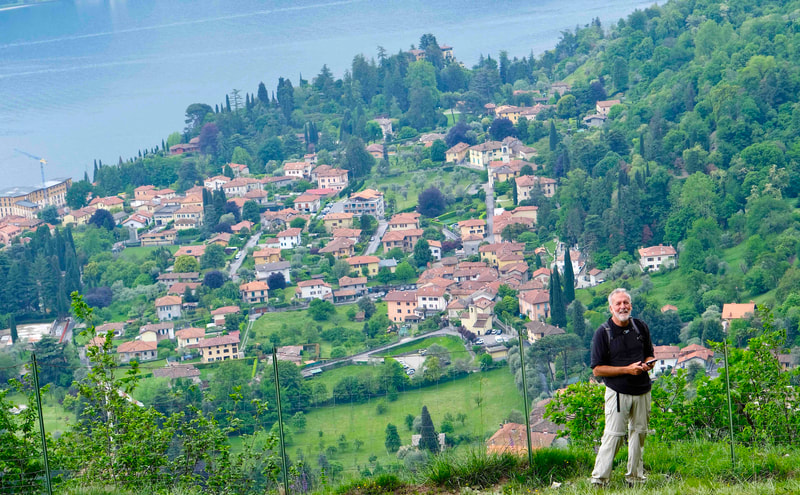

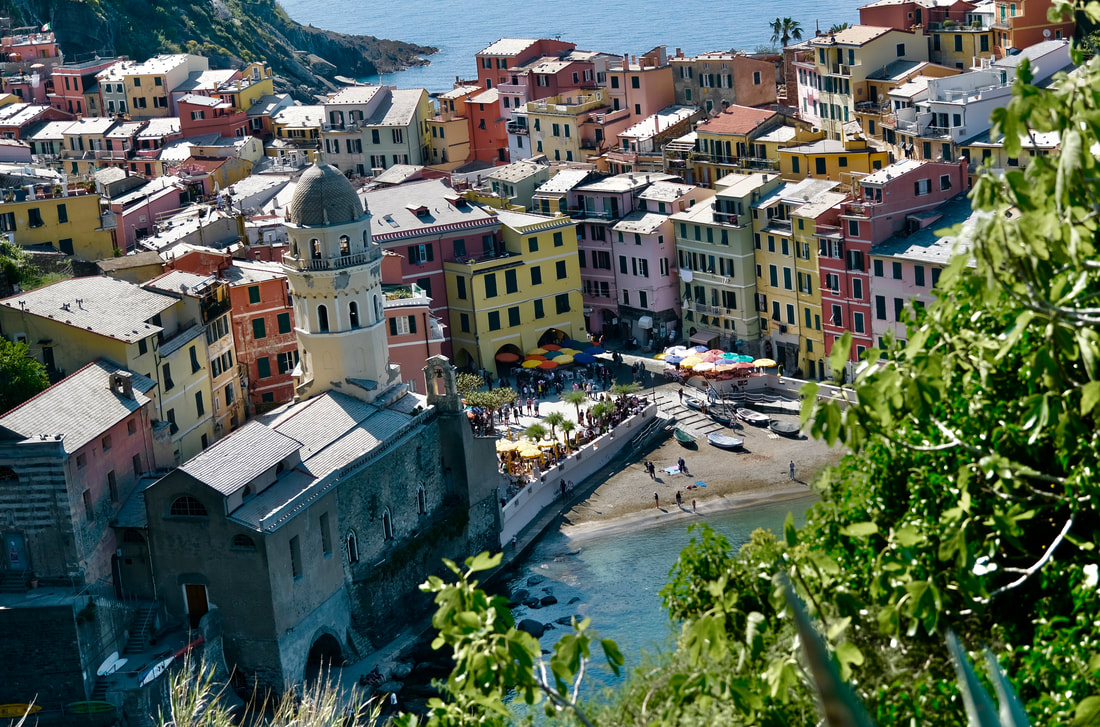
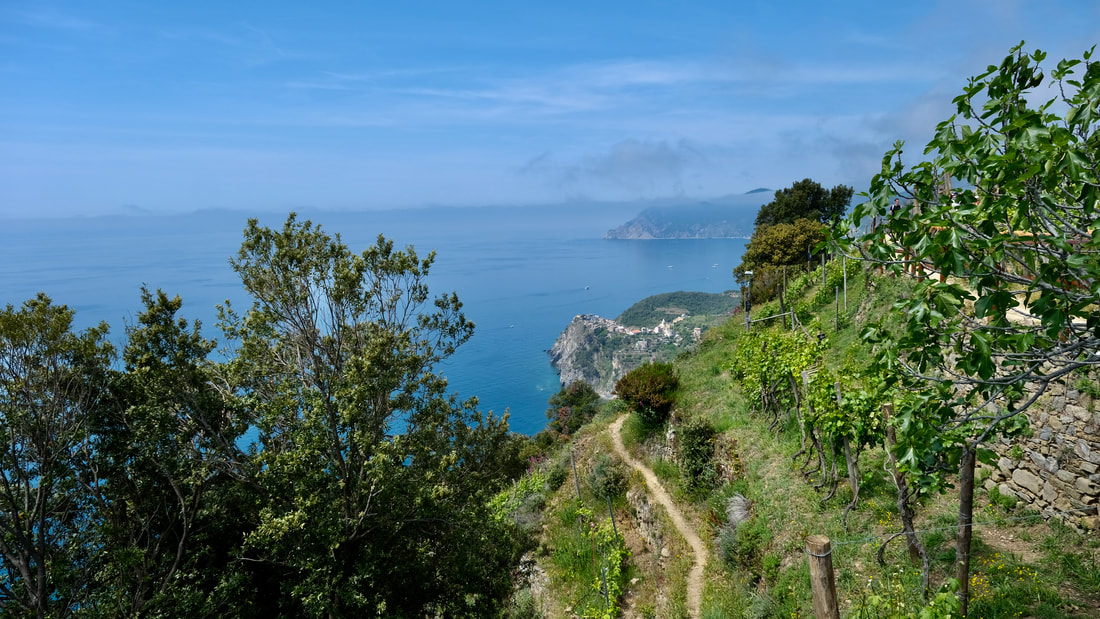
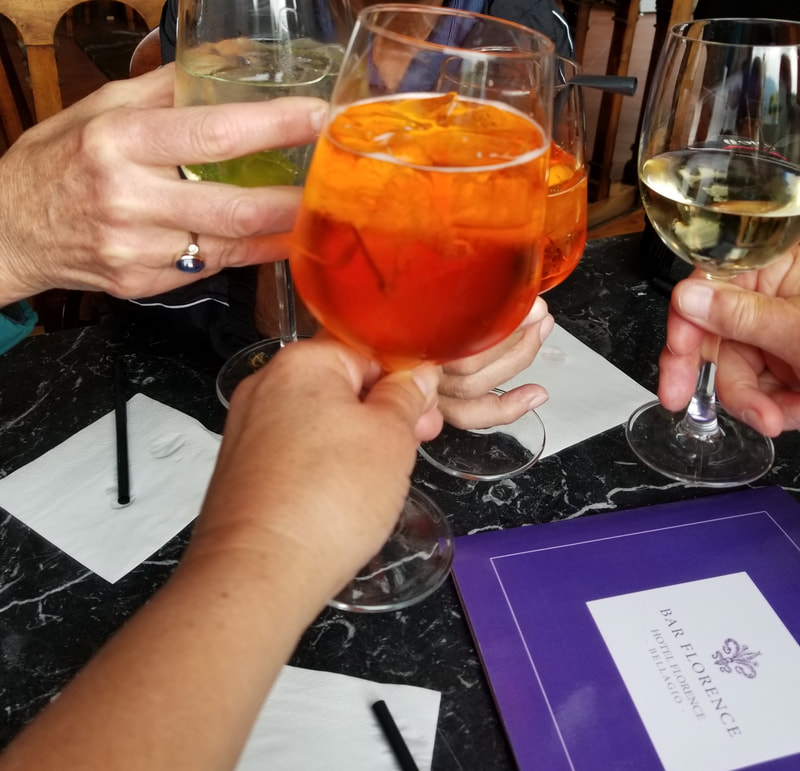
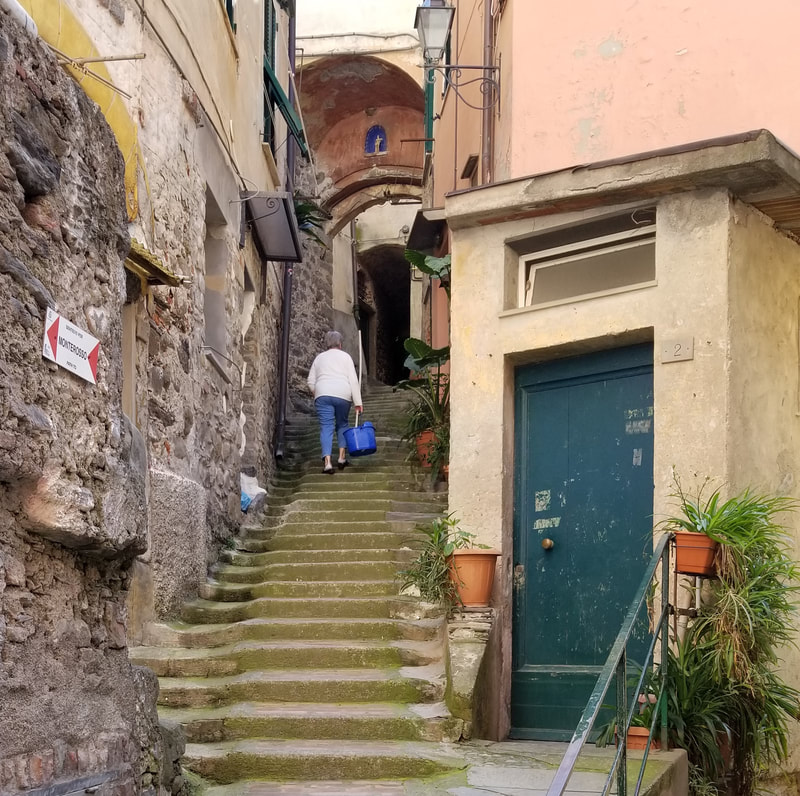
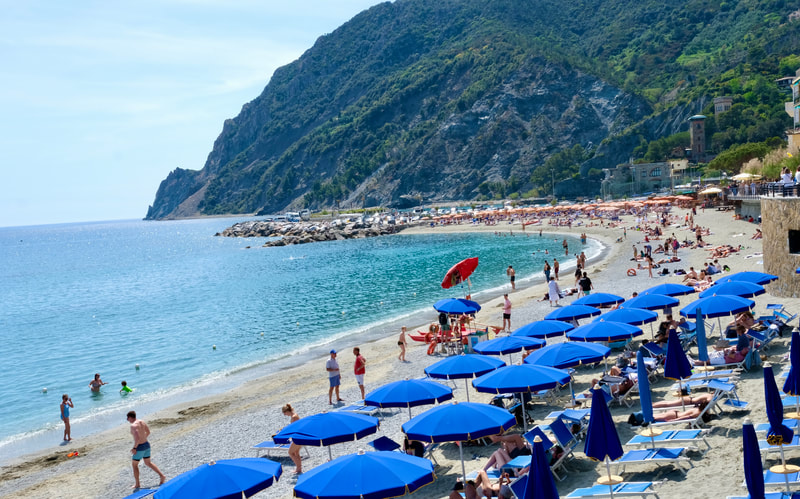
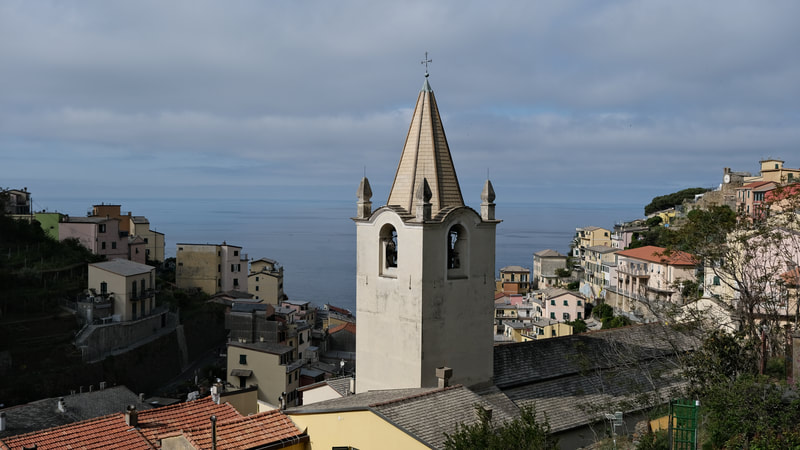
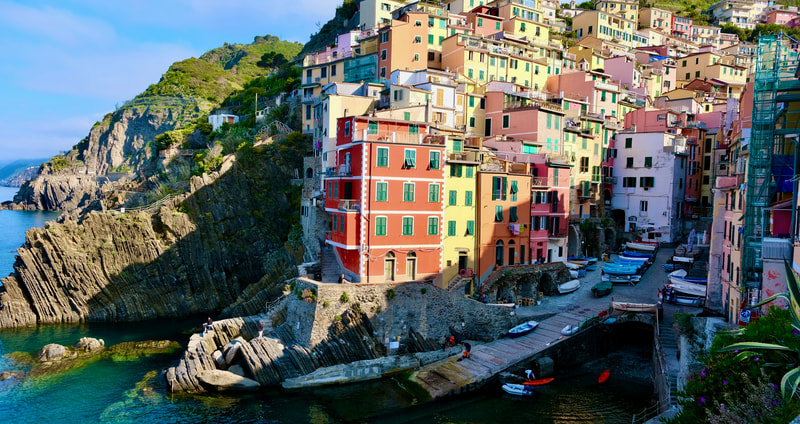

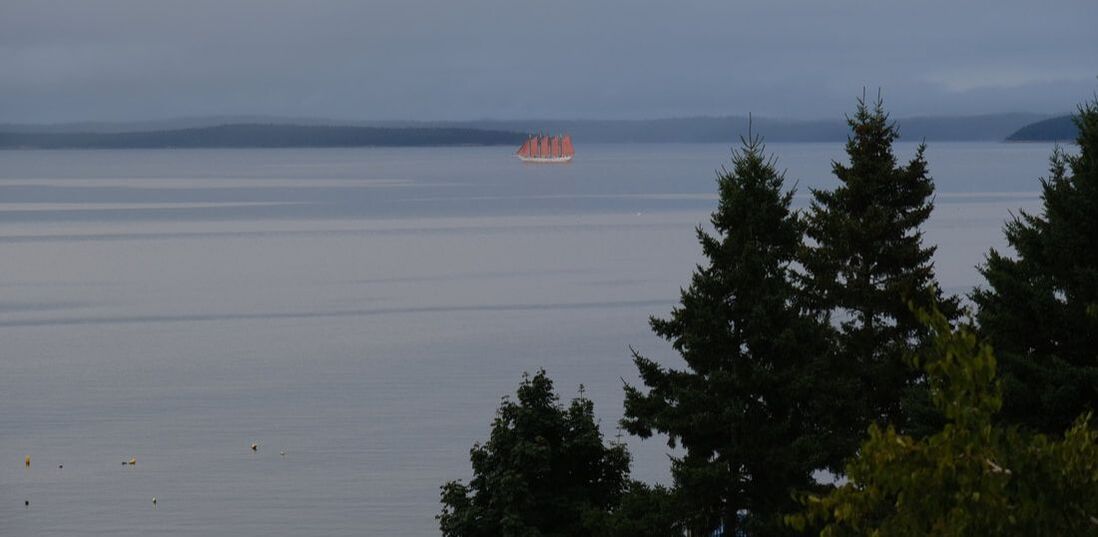
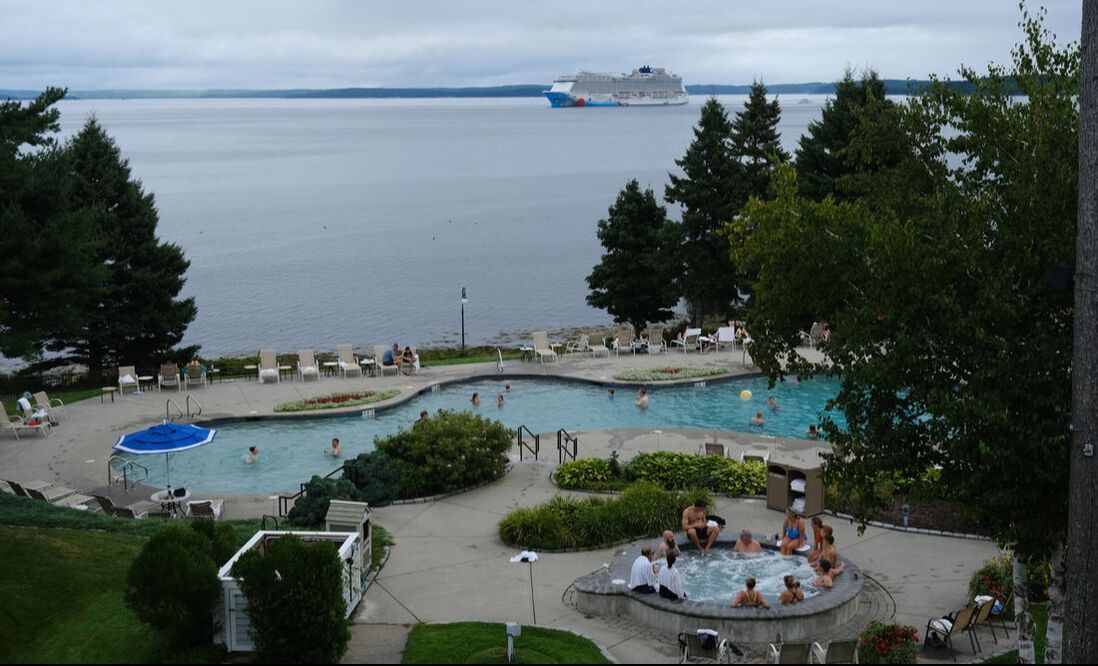
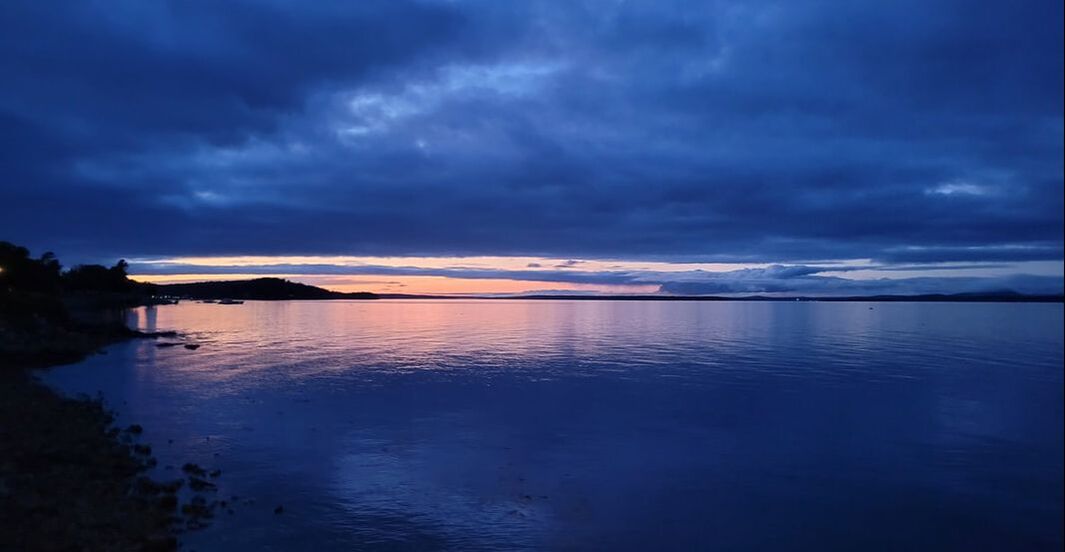
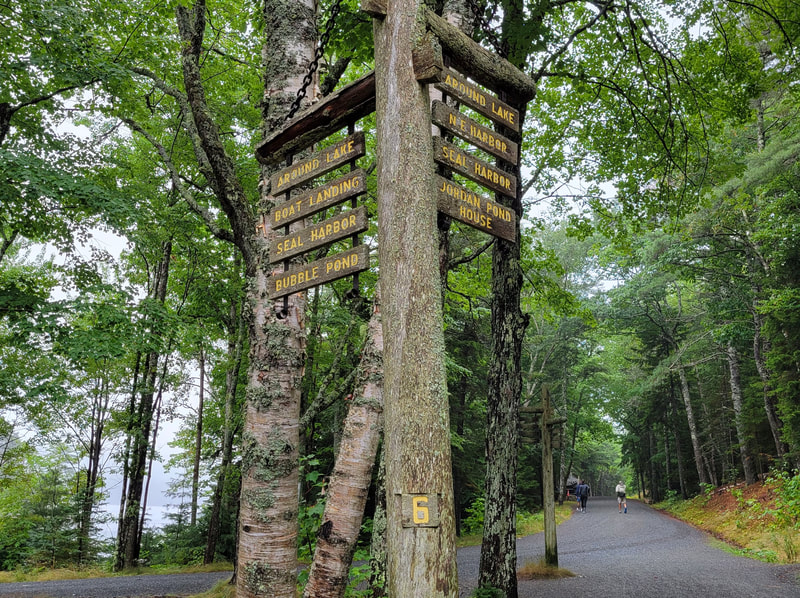
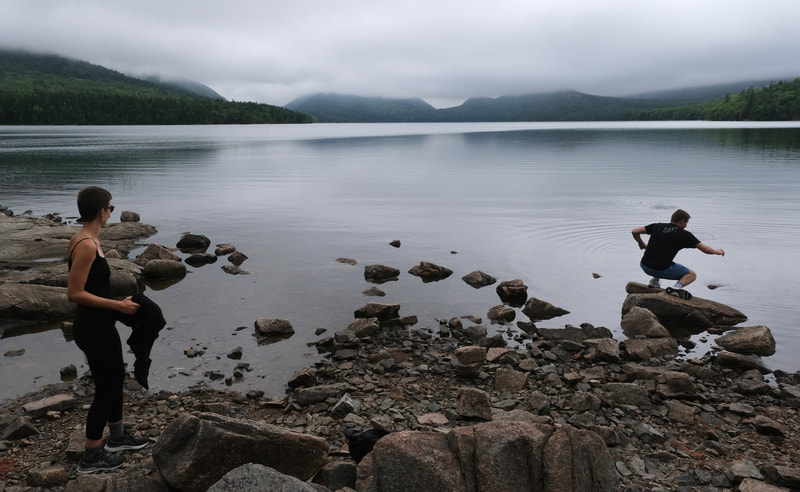
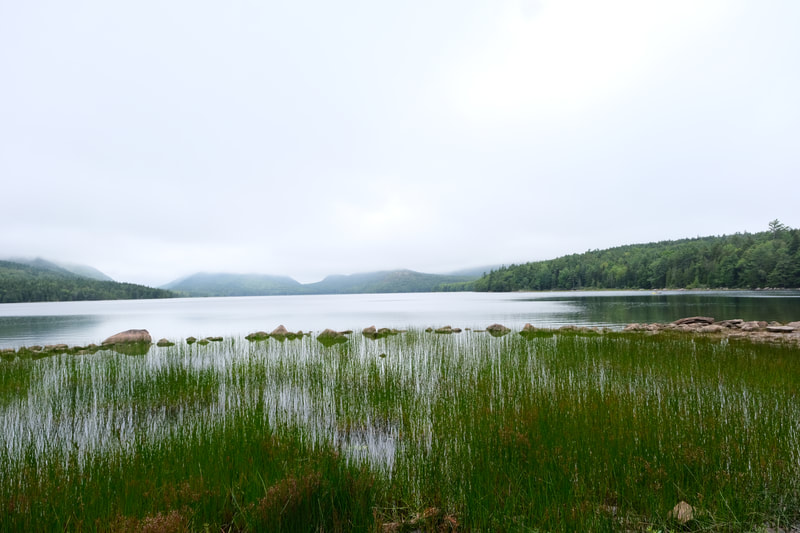
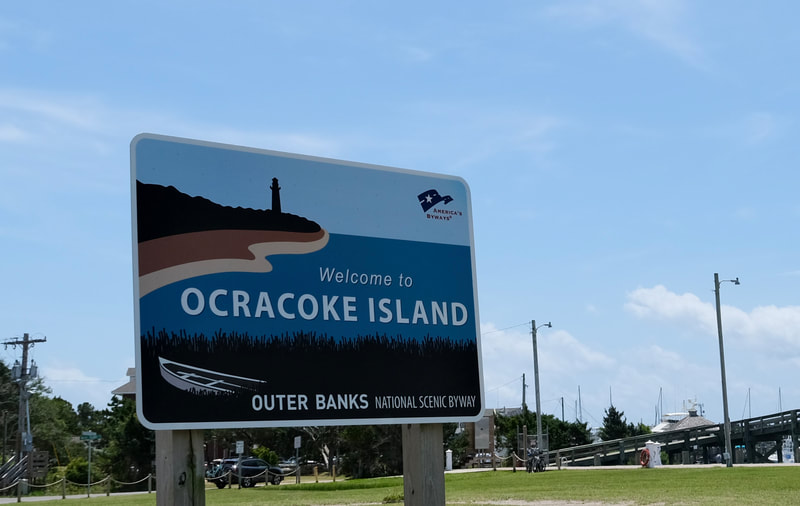
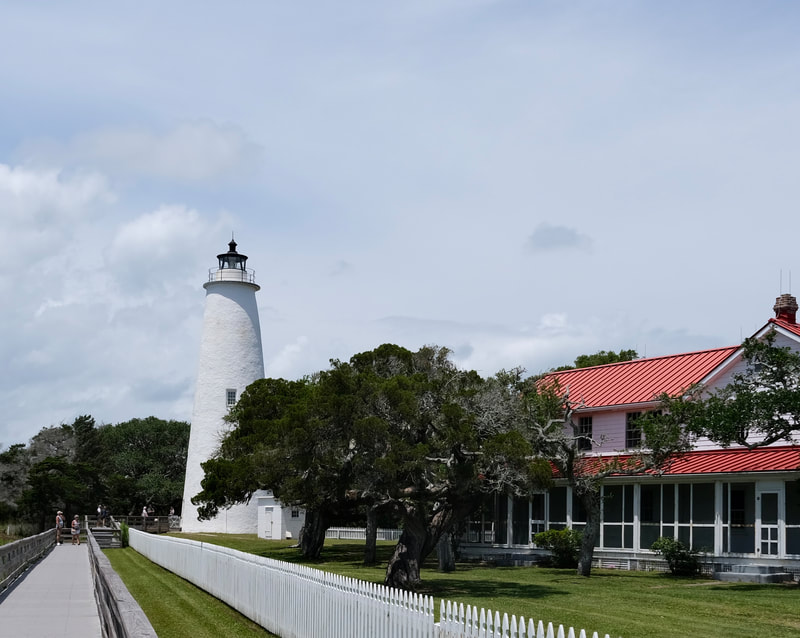
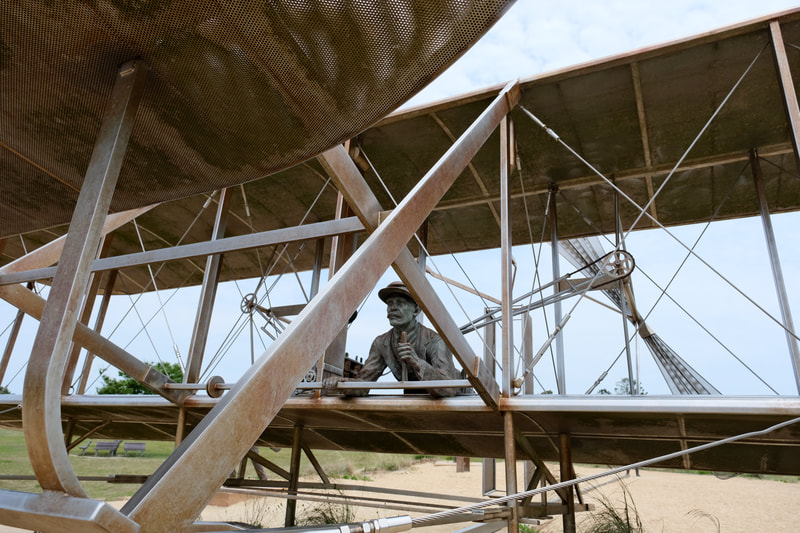
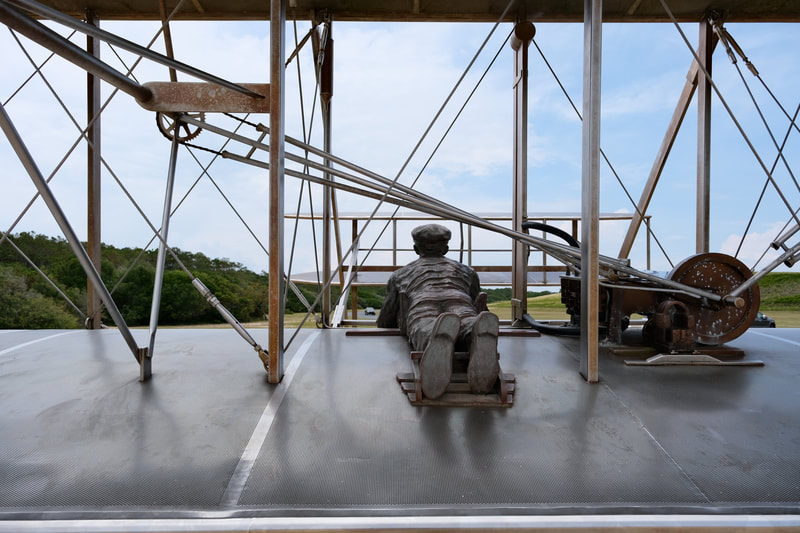

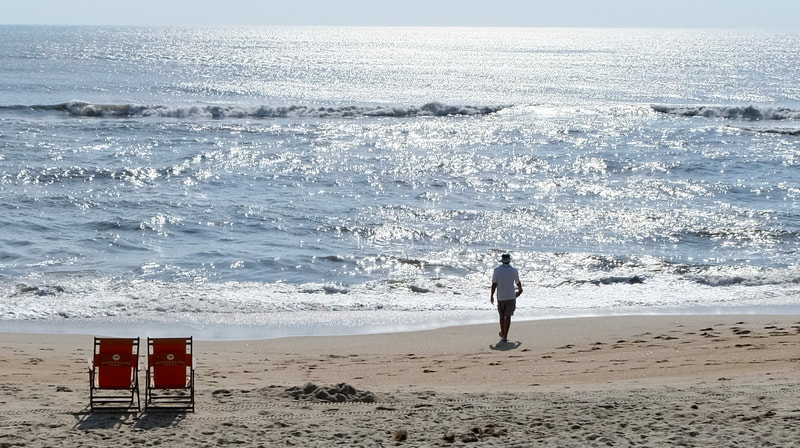
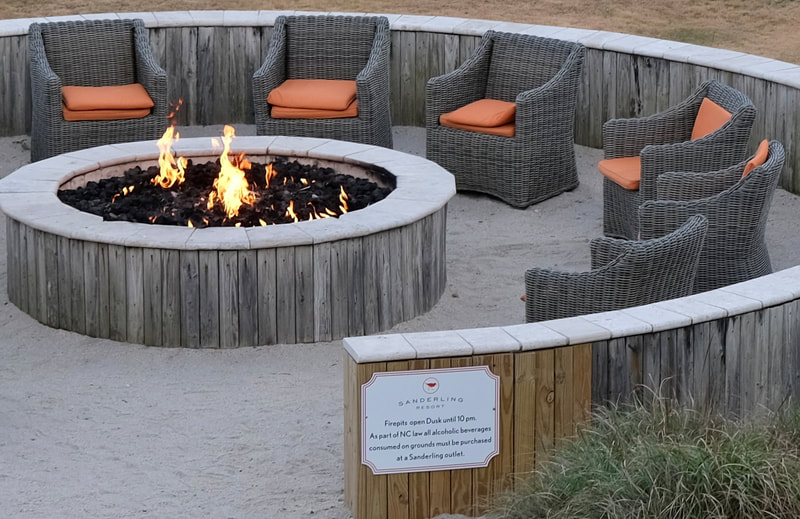
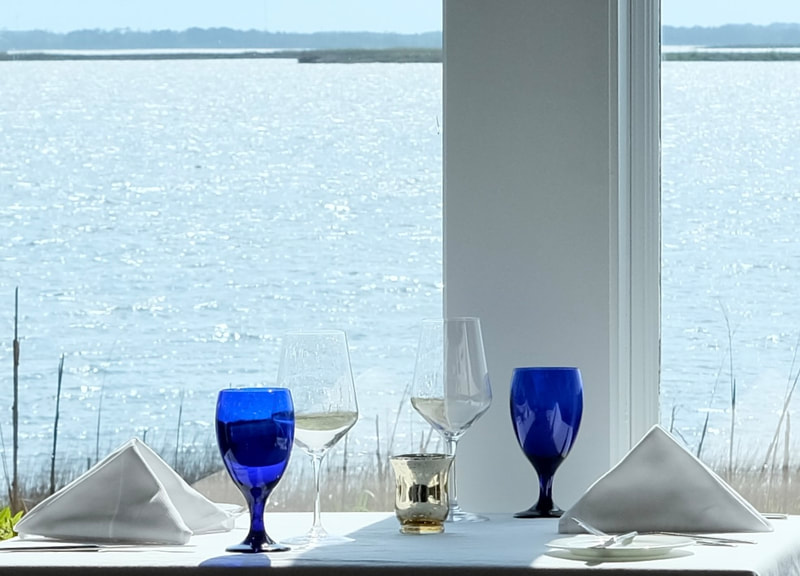
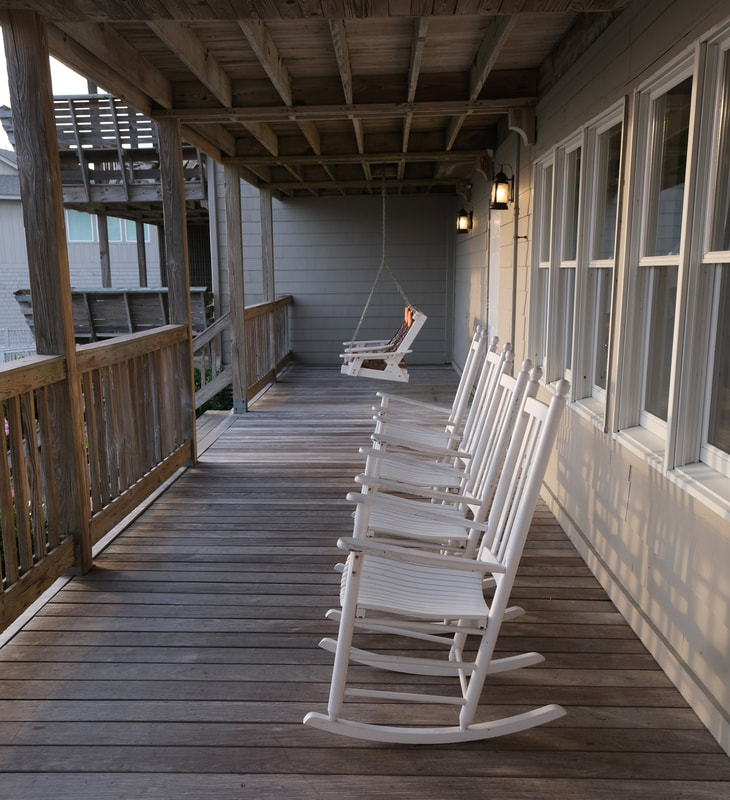
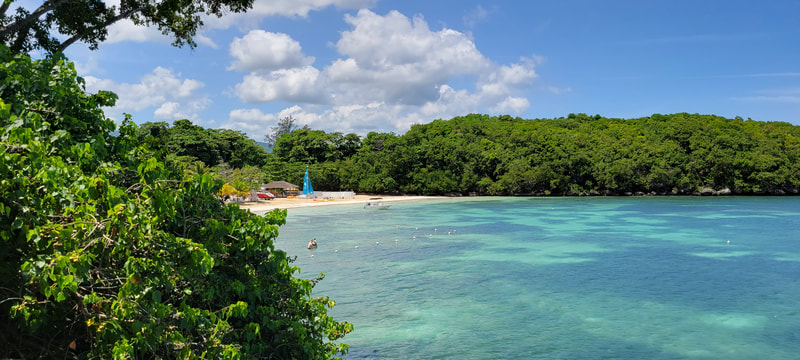
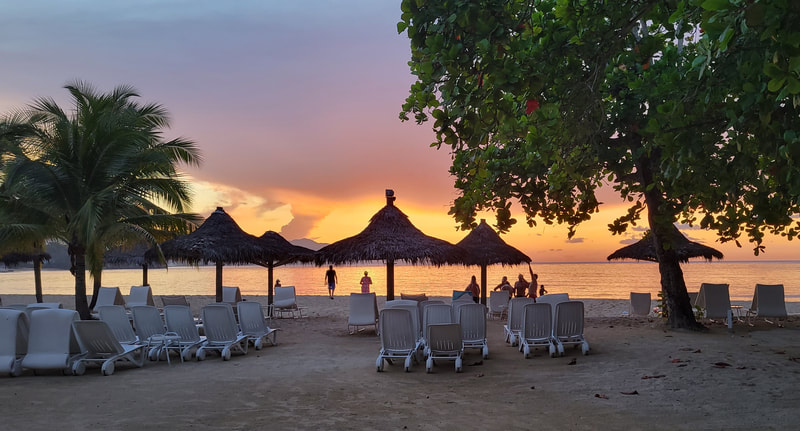
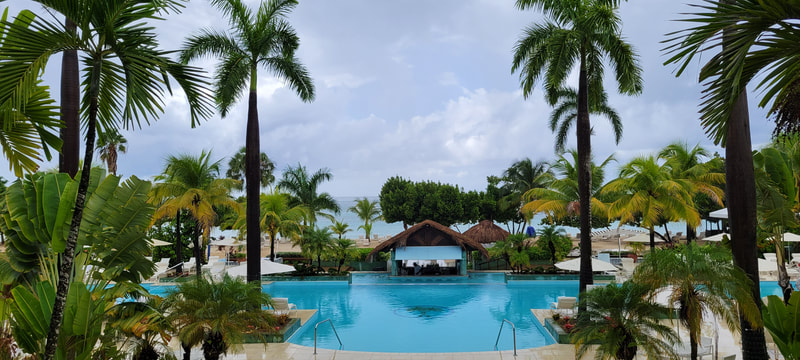
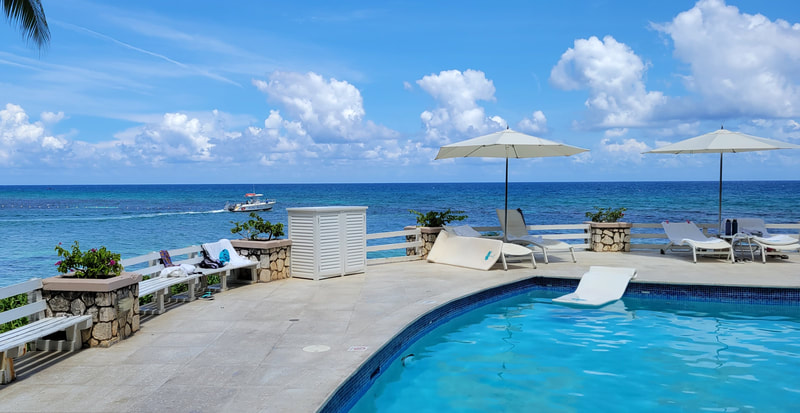

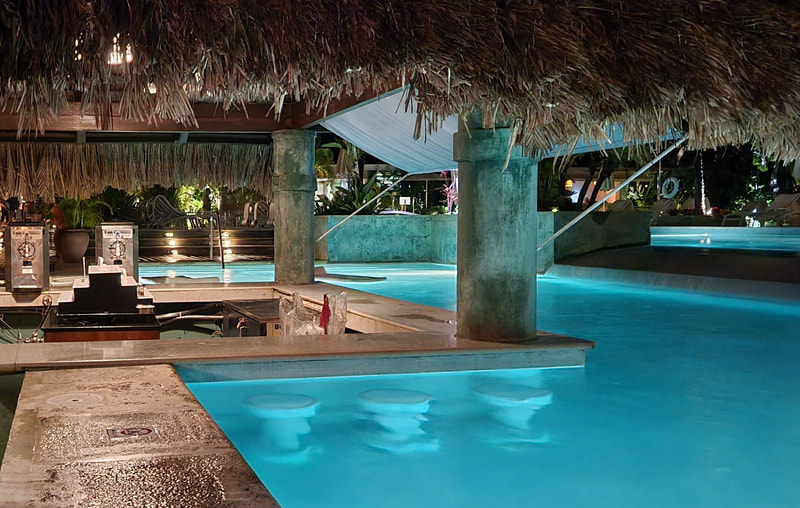
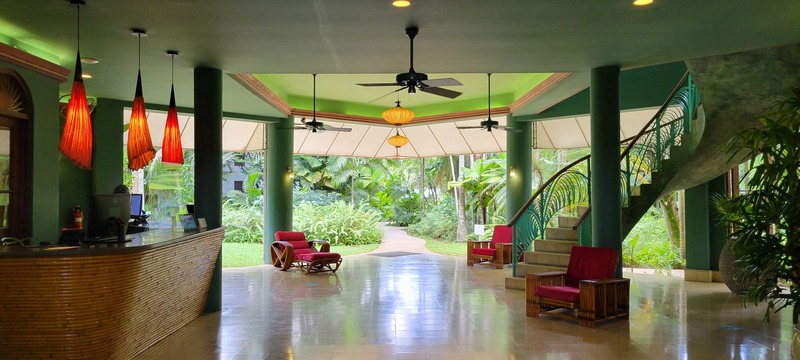
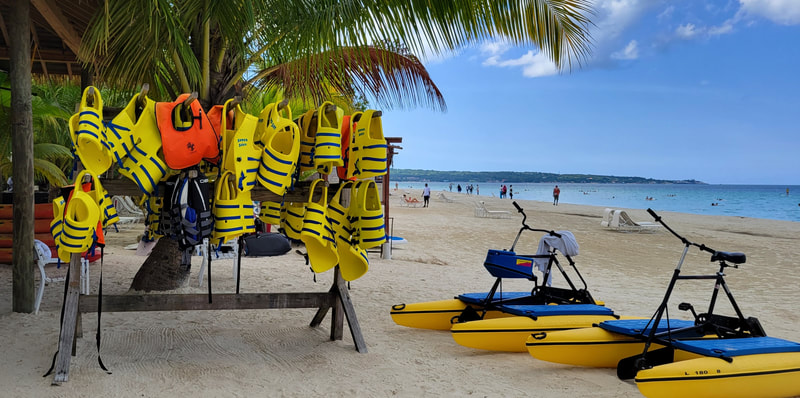
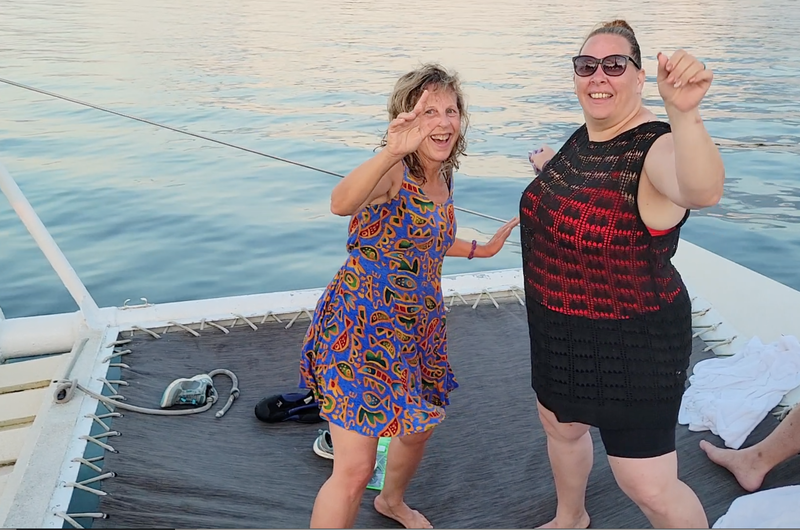
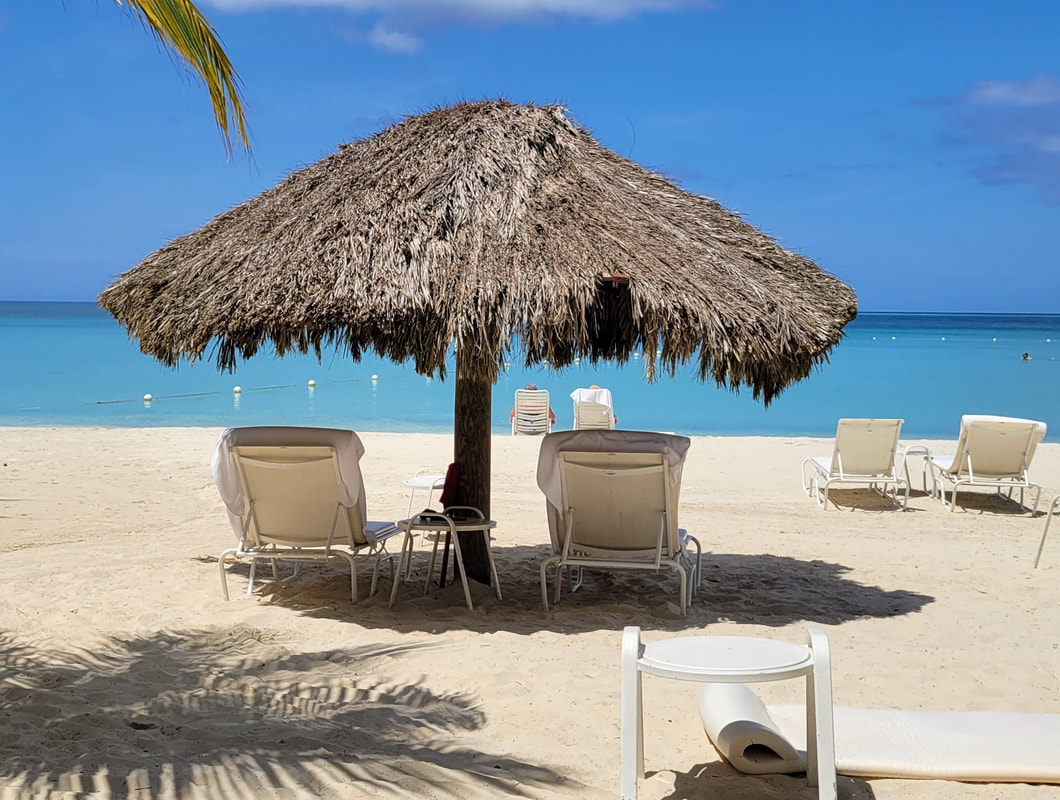

 RSS Feed
RSS Feed





